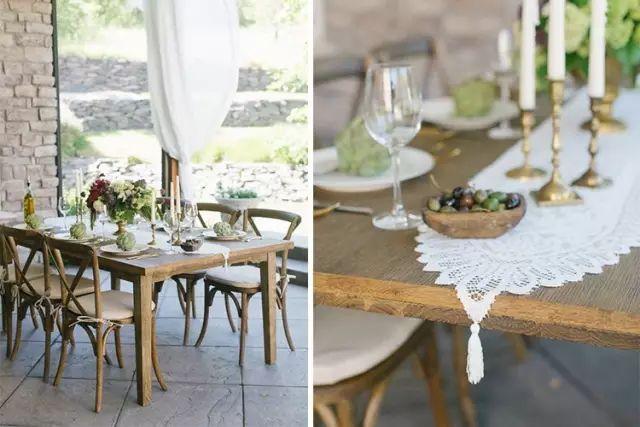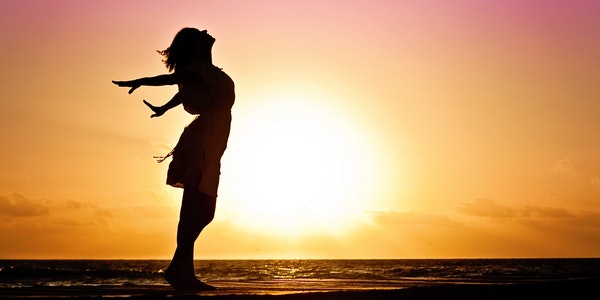During the shooting process, do you sometimes feel a lack of creativity, always repeating the same shooting mode and shooting method? If you’re tired of cookie-cutter shooting, here are 12 tips to help you break through the bottleneck of photography.
Table of Contents
1. Find the Reflection
As the name suggests, try creatively capturing mirrors or reflections of your subjects through mirrors, water, etc. You can find these images on the street where it just rained, on the surface of the lake, in the rearview mirror, in the shop window, etc.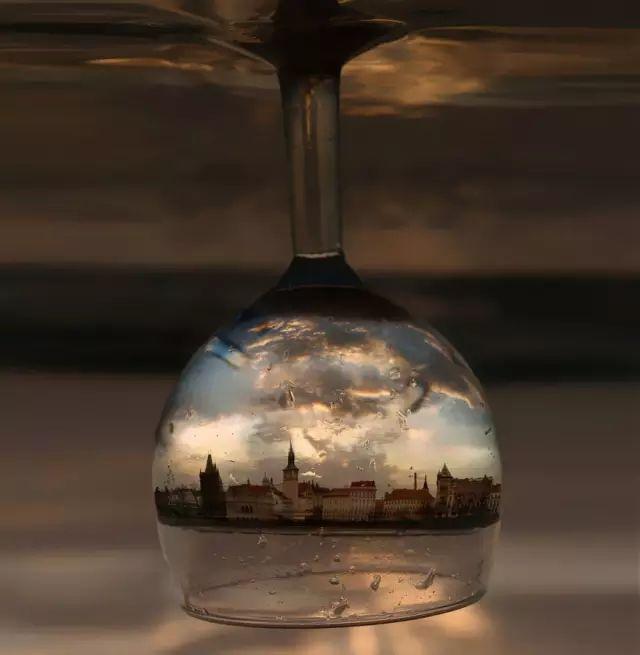
But creating the right shooting timing is very important at this time. Please imagine a story you wish to express.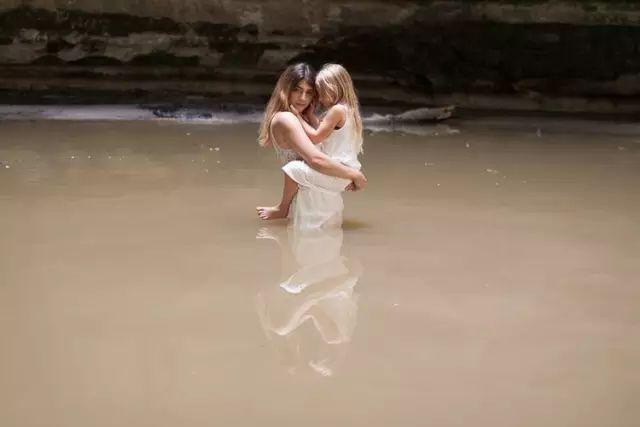
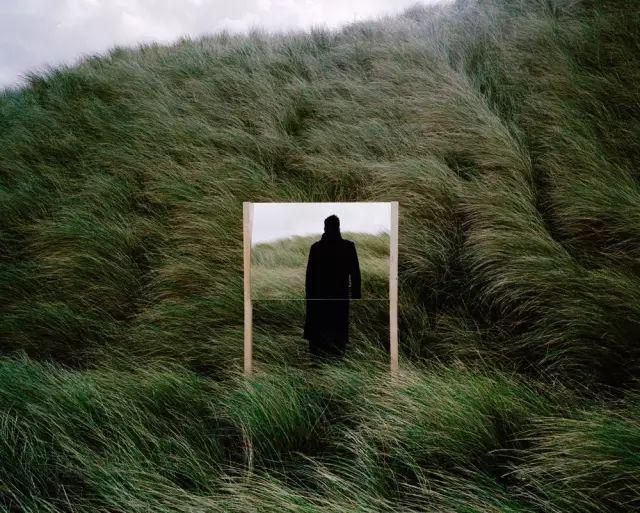
2. Use the Foreground to Make the Frame
Adding some foreground to the shot can give the photo a little more interest and depth. When shooting, you can give the frame a natural visual guide by adding small elements (such as leaves, branches, fabric, and glass) in the right places.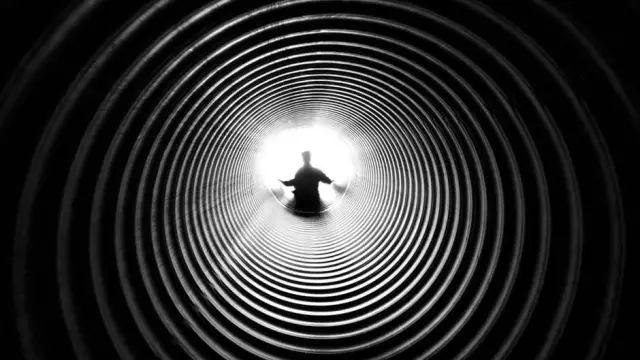
3. Seek a Breakthrough in Color
In your creation, there is no rule about what color the world is. You can choose to fully reproduce the colors that the eye sees, or you can use various color filters, or infrared photography to create a completely different look.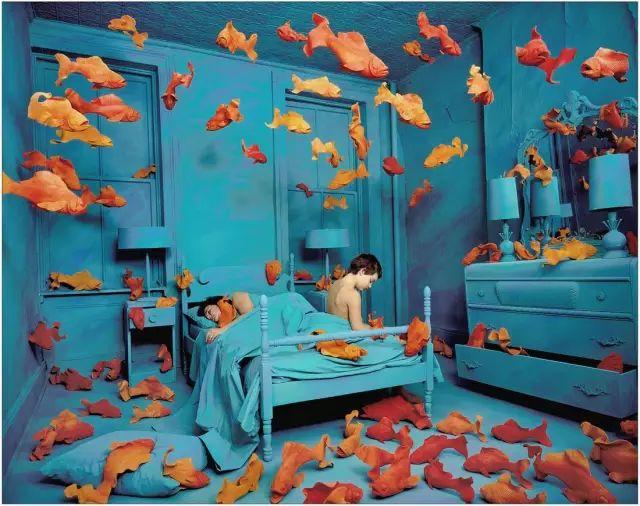
But the training of color sense starts from trivial matters. Look at various types of designs and learn the basics of color. Read more books and use other people’s stories to enrich your inspiration.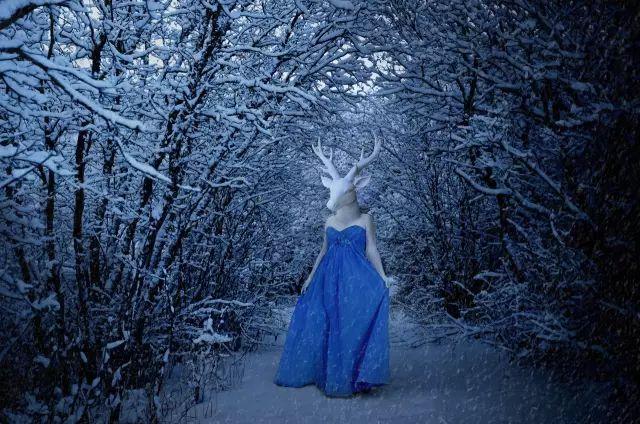
4. Try Taking Monochrome Photos
This is the exact opposite of the previous one, you need to go and shoot black and white images. You can also convert the image to black and white in post. You must know that not all scenes and pictures are suitable for monochrome processing. At this time, you need to keep trying to find your own style in black and white photography. Creation is never really right or wrong.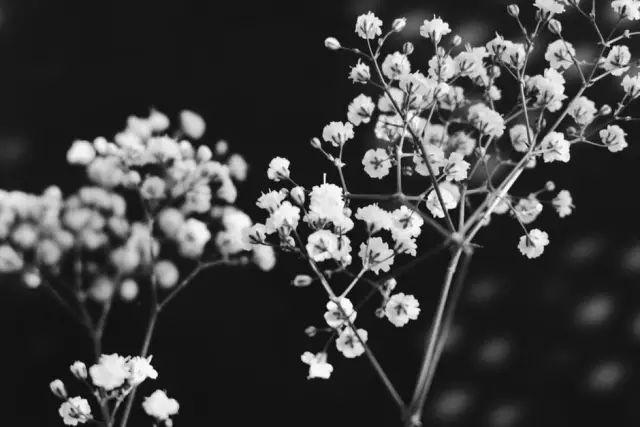
5. Use Repetition
Take a moment to look around and see if you can find any natural repeating structures around you. They can be man-made or natural. Buildings, windows, parking lots, facades…all offer many opportunities to discover this structural pattern. Interesting effects are obtained when you capture them from a unique perspective.
6. Make Good Use of Shadows
When there is sun, there tends to be a lot of shadows in natural light, and more light effects indoors. You learn to use the contrast between shadows and lighting, and try to shoot some creative angles.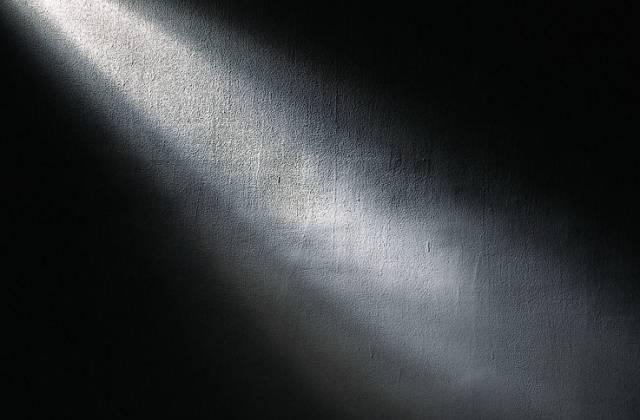
7. Try Double Exposure
Double exposure is an ultra-simple form of taking your photos from boring to interesting. Actually it’s superimposing two images onto a single frame. It is now possible to create double exposure photos with some DSLR cameras or mobile phones. Go try it out, you’ll love it.
8. Add Emotion to Images
Both the photographer and the audience should be able to feel the emotion in the picture when they see the following photos. When you’re shooting portraits, most people aren’t professional models. Generally speaking, they are shy. The photographer needs to be responsible for guiding them so that they have a natural interaction in front of the camera, infusing the photos with real emotion.
If you’re shooting landscapes, then you need to create emotion in your images, making viewers feel the urge to travel when they see your travel photos, or insane hunger when they see your food images.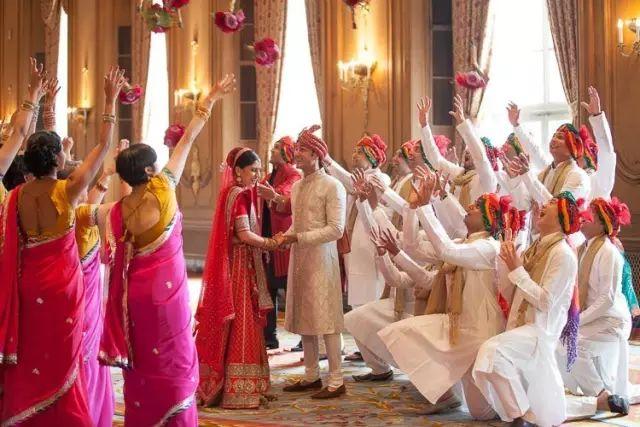
9. Try the Motion Blur Effect
There are many different ways to achieve motion blur during shooting. For example, you can photograph moving subjects, or move the camera (e.g. pan, dodge, etc.). For me, the easiest way to achieve motion blur is slow gate.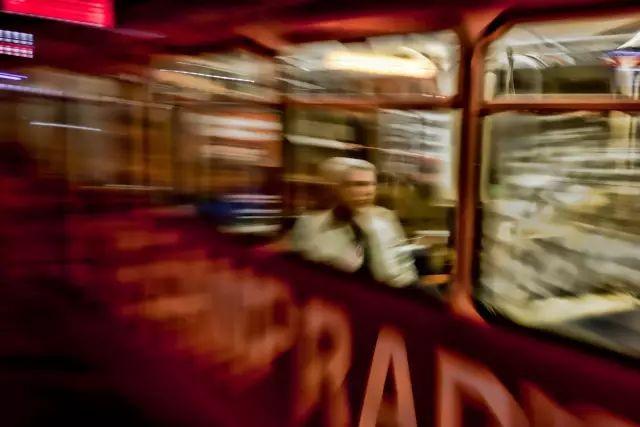
Motion blur can add some interesting artistic elements to your photos. However, when taking this type of photo, you will get better results with a tripod.
10. Try New Uses for Macro
In everyone’s mind, macro photography is always associated with flowers and animals. But it really isn’t just rushing into the garden, looking for the smallest ants. The microscopic expression of the human body, the use of macro to create a small miniature world… Pay attention to observe the surroundings of life, you will find that macro can complete many interesting photography at home. 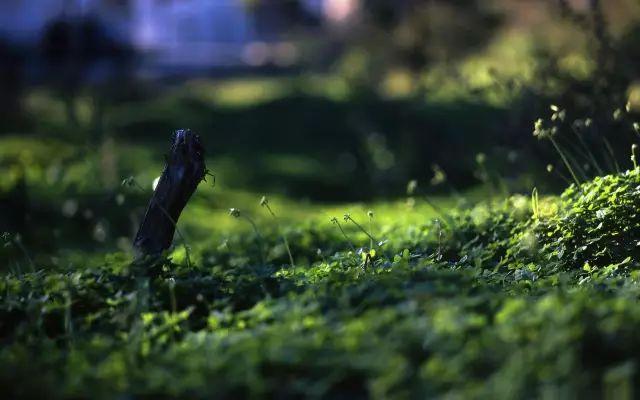
11. Shoot in Different Ways
When you find yourself shooting the same subject in the same way, stop and rethink your shooting mode.
When you always shoot vertically, force yourself to use a horizontal frame. If you like to capture details when shooting, then use a wide-angle lens to force yourself to capture a wide range of images. If you always like to shoot with a wide aperture, then please try to narrow the aperture.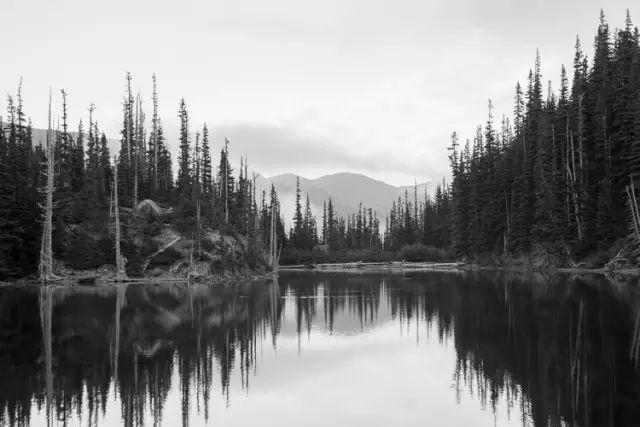
12. Use Multi-image Typesetting
A diptych is the placement of two images side by side in order to add context to each other and tell a complete story. When choosing images to form a twin, pay attention to the harmony of light, tone and exposure. Usually, I make a diptych with a large picture and a photo of the details of that picture.
A triptych is the concept of placing three images side by side so that the photos collectively tell a story. It is important to note, however, that when composing the triptych, special attention is paid to the order and orientation of the images.